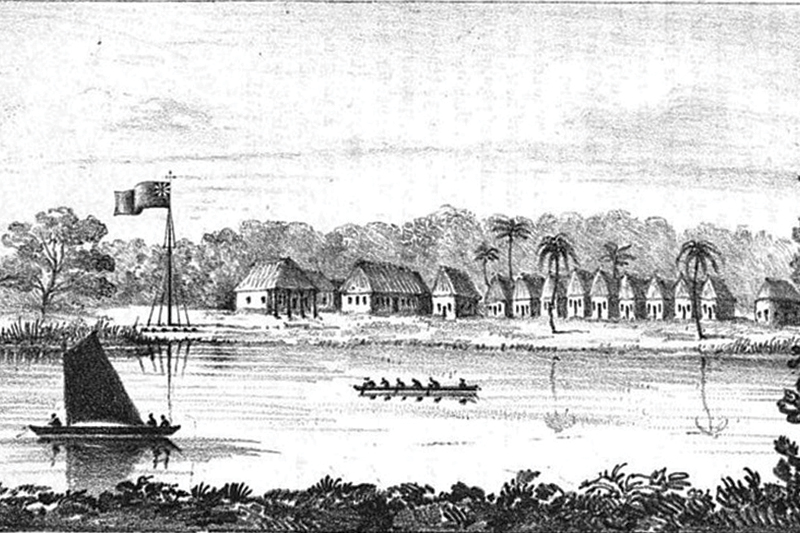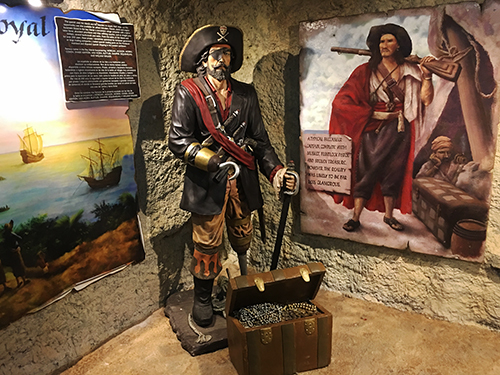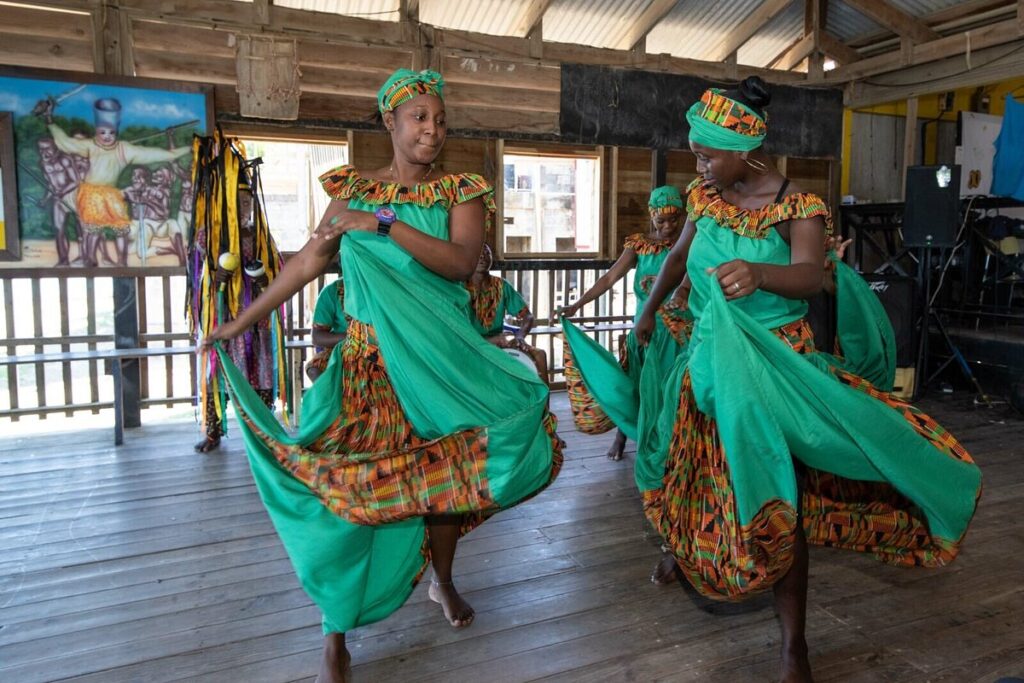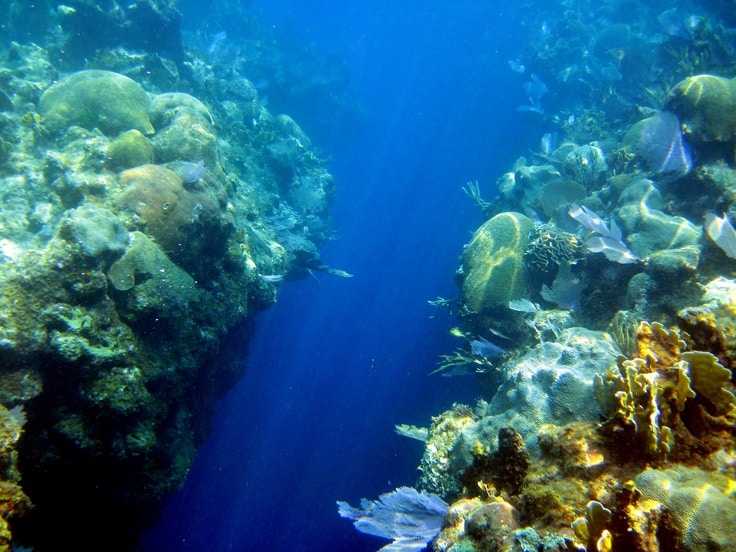Welcome to Roatan, a Caribbean island steeped in rich history, vibrant culture, and unparalleled natural beauty. Explore the diverse stories and attractions that make this island a must-visit destination. Use the links below to jump to the section that interests you most:

Roatan’s earliest known inhabitants were the Paya people, a sophisticated civilization with deep connections to the island’s natural resources. They were skilled fishermen, farmers, and artisans, creating tools and pottery that allowed their community to thrive. Roatan’s lush environment provided them with abundant food, and archaeological sites across the island reveal a rich cultural heritage that predates European contact.
The island’s history changed forever with the arrival of Christopher Columbus in 1502 during his fourth voyage to the Americas. Claimed by Spain, Roatan became part of their vast colonial empire. The Spanish viewed the Paya as labor resources and sought to integrate them into colonial society, often through coercive means. This disrupted the Paya’s way of life, leading to resistance and, in many cases, displacement.
Roatan’s location in the Caribbean made it a coveted prize for colonial powers. By the 17th century, Britain established settlements on the island, bringing enslaved Africans to work on plantations. These British colonists fortified parts of the island, using it as a naval base to challenge Spanish dominance. This back-and-forth struggle between the Spanish and British defined much of Roatan’s colonial history.
Despite becoming part of Honduras in the mid-19th century through the Treaty of Comayagua, Roatan retained strong English-speaking influences. Today, English remains widely spoken, and the island’s distinct culture reflects its historical blend of Spanish, British, African, and indigenous influences. This unique identity sets Roatan apart from mainland Honduras and other Caribbean destinations.
Visitors to Roatan can explore this history through preserved colonial architecture, museums, and guided tours. These experiences provide insight into the island’s transformation from an indigenous stronghold to a colonial outpost and eventually a modern-day cultural hub.
Roatan’s history is a story of adaptation and resilience. From its indigenous roots to its colonial struggles and cultural blending, the island embodies a rich tapestry of experiences that continue to shape its character today.
Roatan’s strategic location in the Caribbean made it a natural haven for pirates during the Golden Age of Piracy. In the 17th century, hidden coves and sheltered bays allowed notorious figures like Captain Henry Morgan and Edward Low to use the island as a base for their operations. These pirates launched daring raids on Spanish ships, stealing gold, silver, and other valuable commodities.
Pirates weren’t merely robbers—they were also skilled sailors and traders who built informal economies in the Caribbean. Roatan became a melting pot of different cultures during this time, as smugglers, merchants, and adventurers from around the world converged on the island. This period added a unique layer to Roatan’s cultural identity, blending European and Caribbean influences in surprising ways.
The Spanish and British made numerous attempts to suppress piracy in the region, resulting in naval battles and fortifications on the island. However, Roatan’s rugged terrain and isolated bays made it difficult for colonial forces to establish lasting control. Many pirates managed to evade capture, and stories of hidden treasure persist to this day.
Visitors interested in Roatan’s pirate past can explore attractions like the Pirate Museum, which showcases artifacts and stories from this fascinating era. Guided tours take guests to historical sites associated with piracy, offering a glimpse into the adventurous and often dangerous lives of these seafaring outlaws.
The island’s pirate history also lives on in its folklore. Tales of buried treasure and secret hideouts captivate both locals and visitors, keeping the spirit of adventure alive. Some dive sites even feature shipwrecks believed to be linked to the island’s pirate era, making them popular spots for underwater exploration.
Today, Roatan embraces its swashbuckling past as a unique aspect of its cultural heritage. While the pirates are long gone, their influence endures in the island’s identity, drawing visitors eager to learn about this thrilling chapter of Caribbean history.


he Garifuna people’s journey to Roatan is one of resilience and cultural preservation. Forced into exile by the British in 1797, they arrived on the island after a harrowing journey from St. Vincent. Despite these challenges, the Garifuna established thriving communities on Roatan and other parts of Central America.
Their culture is a vibrant blend of African, Arawak, and Carib traditions, reflected in their language, music, and culinary practices. Garifuna drumming and Punta music are iconic expressions of their heritage, often accompanied by dynamic dances that tell stories of their history and struggles.
Garifuna cuisine is equally rich, featuring dishes like hudut (fish stew with mashed plantains), cassava bread, and coconut-based recipes. These flavors offer a unique culinary experience that connects visitors to the Garifuna’s deep roots in the region.
Festivals and cultural events throughout the year provide opportunities to celebrate and learn about Garifuna traditions. Visitors can participate in these festivities, gaining insights into the resilience and creativity of a community that has overcome significant adversity.
Educational initiatives on the island aim to preserve and promote Garifuna culture for future generations. Programs in schools and cultural centers emphasize the importance of language and traditions, ensuring that this unique heritage remains a vital part of Roatan’s identity.
For travelers, engaging with Garifuna culture offers a deeper appreciation of Roatan’s diversity. Their enduring legacy is a testament to the strength of community and the power of cultural preservation in the face of historical challenges.
The Mesoamerican Reef is Roatan’s crown jewel, stretching over 1,000 kilometers and teeming with marine biodiversity. This vibrant ecosystem supports a wide range of species, from delicate coral polyps to majestic whale sharks, making it one of the most biodiverse regions on the planet.
Blue Channel, located directly in front of Sea Hunt Divers, is a gateway to this underwater paradise. Its shallow coral gardens and intricate swim-throughs provide endless opportunities for exploration, whether you’re a seasoned diver or a first-time snorkeler.
Conservation is at the heart of Roatan’s diving culture. Organizations like the Roatan Marine Park work tirelessly to protect the reef from threats such as overfishing and pollution. These efforts have made Roatan a model for sustainable tourism, ensuring that the reef remains a thriving habitat for generations to come.
Divers can encounter a dazzling array of marine life, including sea turtles, eagle rays, moray eels, and vibrant schools of tropical fish. Night dives reveal the reef’s nocturnal inhabitants, offering a completely different perspective on this underwater world.
The reef also plays a vital role in Roatan’s economy, attracting divers and snorkelers from around the globe. Dive shops and resorts provide easy access to the reef, making it one of the most accessible and well-equipped destinations for underwater adventure.
Exploring Roatan’s reef is more than just a recreational activity—it’s a chance to connect with one of the world’s most precious ecosystems. Whether you’re gliding through coral tunnels or marveling at the vibrant marine life, the reef offers an unforgettable experience that keeps divers coming back year after year.
